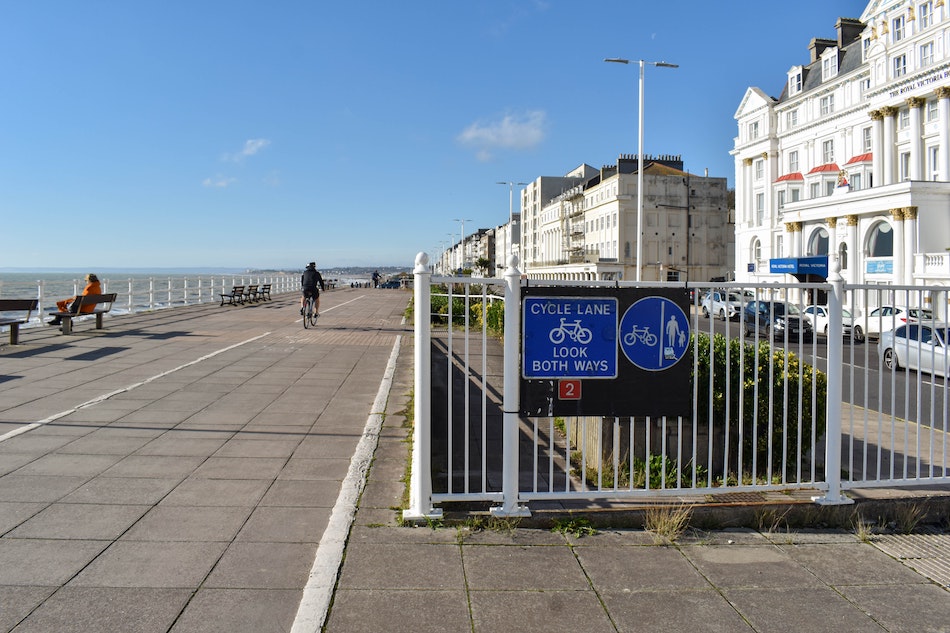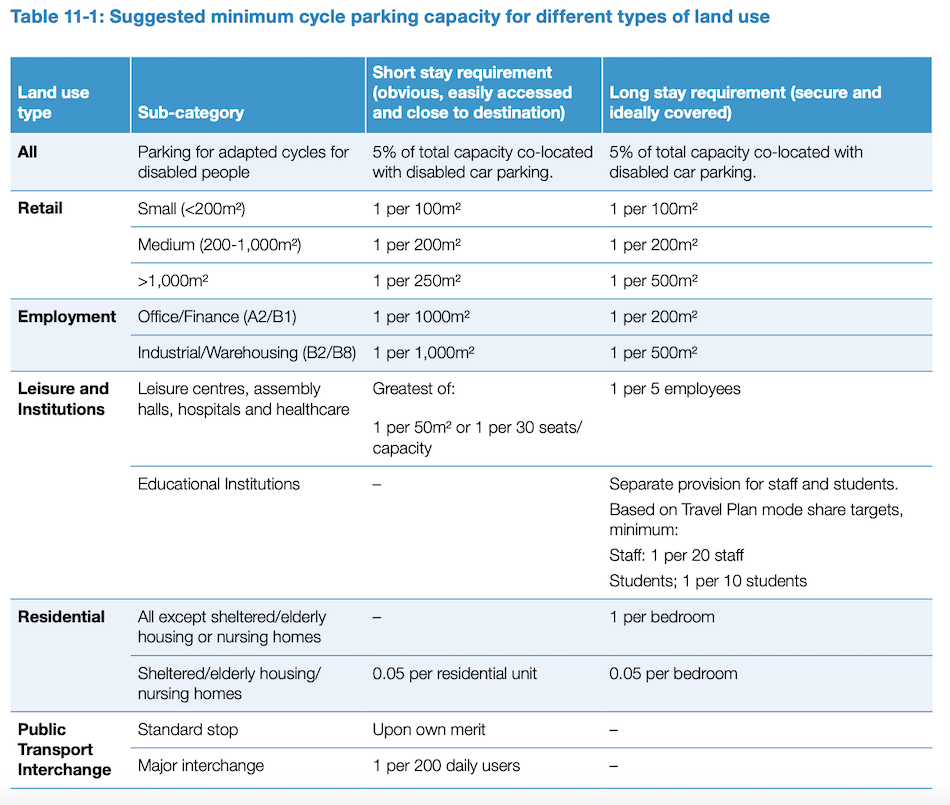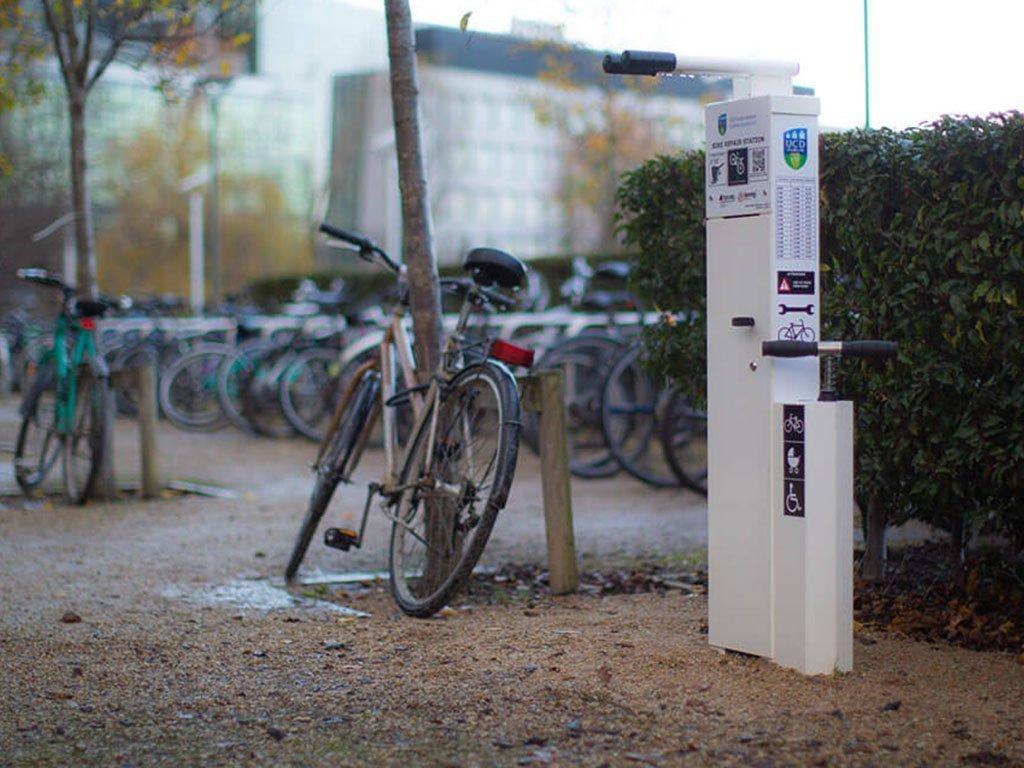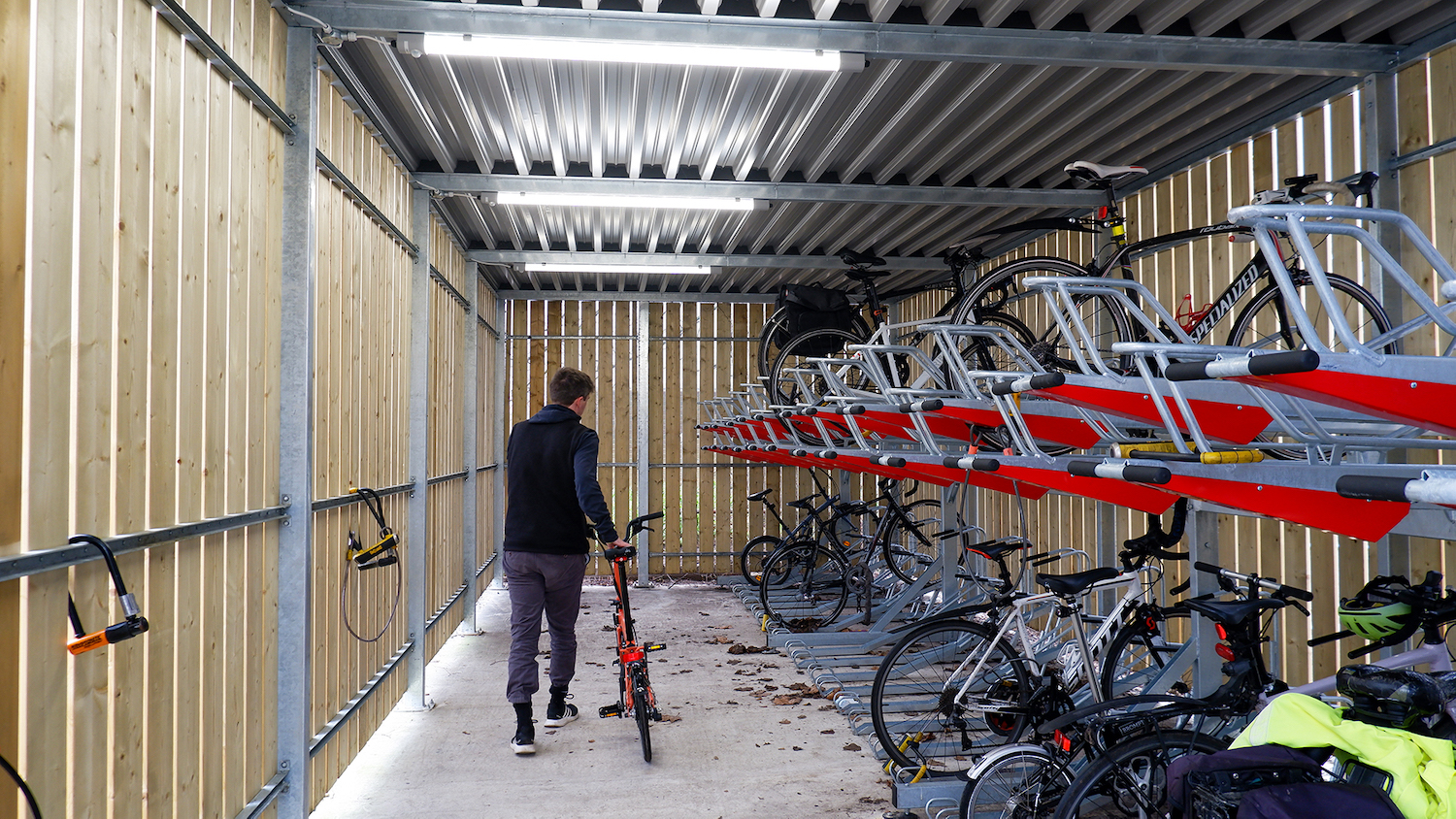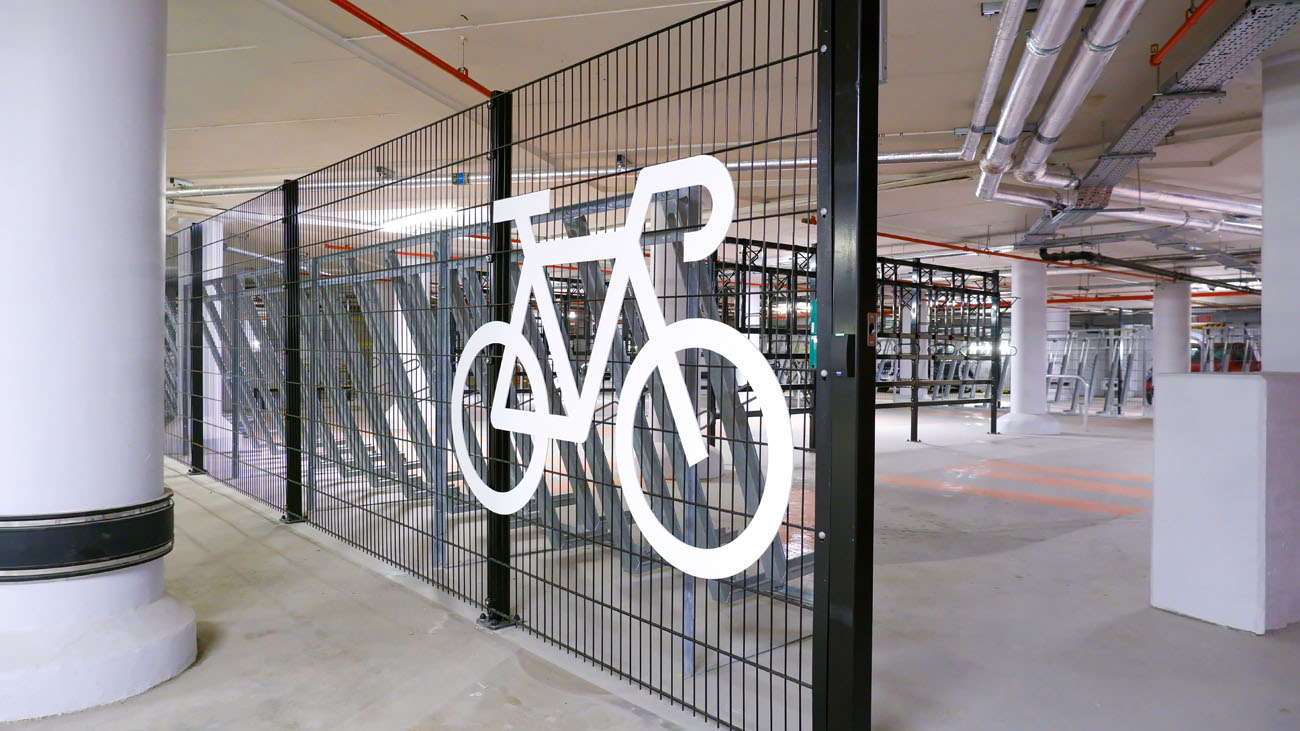It may sound familiar if you work with active travel or planning, but what exactly is Local Transport Note 1/20 – more commonly known as LTN 1/20?
Well, the simplest answer is that LTN 1/20 is the definitive national standard for cycling infrastructure design in the UK. The more complicated answer is (hopefully!) briefly summarised below.
The document was published in conjunction with the Gear Change policy paper of 2020 which set out the bold new UK government position on how to increase walking and cycling.
All new key cycling infrastructure, such as cycle lanes and parking, must now adhere to the LTN 1/20.
It is not retrospective, so old infrastructure doesn’t have to all be updated, but there are both incentives for following the standard, and punitive measures for councils that do not.
The Role Of Active Travel England: How LTN 1/20 Is Enforced
A new public body, Active Travel England, was officially launched this year, and appointed new CEO Danny Williams in the summer of 2022.
Active Travel England is set up to both consult and review all new cycling infrastructure projects in the UK, adhering to LTN 1/20. It will also control budgets for local authorities, with its overarching goal to help improve cycling and walking uptake.
Ramifications for not correctly following the LTN 1/20 could be councils losing funding for other projects. For example, Brighton and Hove council had its funding from the DfT pulled after a decision to remove pop-up cycle lanes.
This will include, for example, heavily delayed active travel projects, or poorly designed ‘paint only’ bike lanes.
In essence, Active Travel England becomes the OFSTED equivalent for schools in ensuring projects meet required standards laid out in LTN 1/20.
The Core Design Principles
Five basic requirements cover all new infrastructure. Above all, cycling and walking infrastructure should be directly accessible for all, and be:
- Coherent
- Direct
- Safe
- Comfortable
- Attractive
Under these headings are some more detailed key principles:
- Routes should be simple to navigate and of a consistently high quality
- Cycle routes should be at least equally as direct as motor vehicle routes
- Cycle infrastructure should be safe for all, and always perceived as safe
- Good quality, well-maintained surfaces
- Public spaces should be well designed for people to spend time
These principles help inform decision making throughout the design process, and ultimately avoid unsafe and unusable cycle lanes and infrastructure.
The standards are directly drawn from the Dutch CROW Dutch Design Manual for Bicycle Traffic, which has identical principles: Cohesion, Directness, Safety, Comfort, and Attractiveness.
Structure & content
The LTN is divided into sections covering everything from the wider context of cycling in the UK, through to exact design principles and guidelines for cycle lane construction.
Following this, there are tools in which these criteria can be scored. The Cycle Level of Service (CLOS) and Junction Assessment Tool (JAT) are both used as such.
The CLOS uses the core design principles – Cohesion, Directness, Safety, Comfort, and Attractiveness – to grade and then give an overall percentage score for a project.
Cycle parking guidance
The LTN views cycle parking as an ‘essential component’ of cycle infrastructure. Ultimately, helping people confidently choose to cycle involves parking that is in a good location, easy to use for all, secure, and also attractive and welcoming.
Here are some of other the key points about cycle parking:
- Cycle parking should consider all types of cycles and all types of cycle user (11.2.1)
- Space for cycle parking should be considered as earliest opportunity in building or project development (11.1.4)
- Fear of vandalism and theft deters cycling (11.2.1)
- Security should be the primary concern for long stay cycle parking (11.2.4)
While more detailed cycle parking standards have been published by the Bicycle Association, these still rely on quantity numbers of spaces from the LTN 1/20, which are an important metric for determining capacity.
The LTN sets out requirements for different types of developments, laid out in Figure 1 below:
